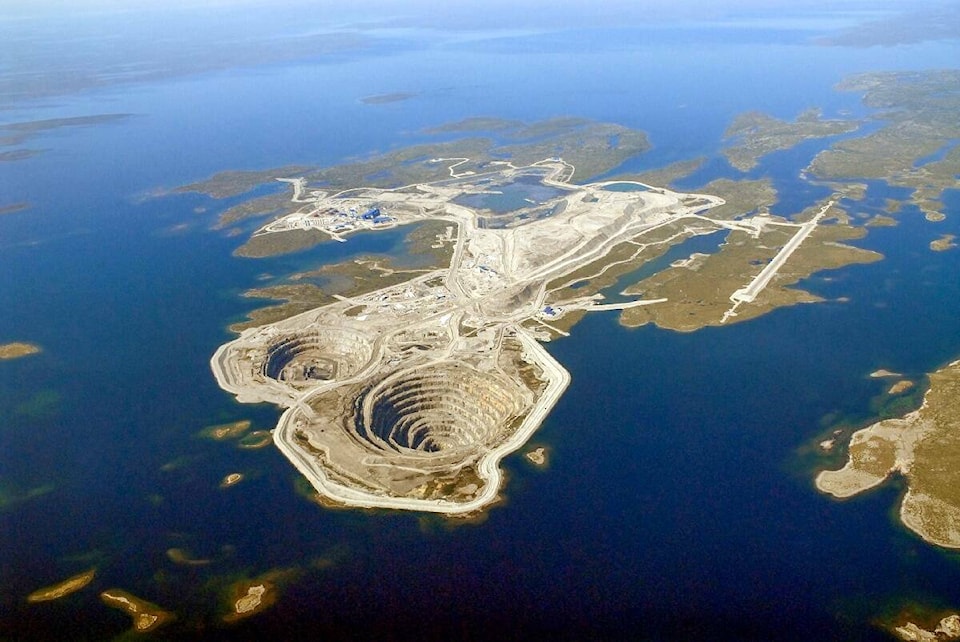The City of Yellowknife will be feeling the effects of Diavik Diamond Mine’s closure in 2025 as ramping down has begun.
“We start decommissioning our first underground pipe later this year, and surface mining ends at the beginning of next year,” Cherish Winsor, a relations representative for Diavik said. “We say we’re closing in ‘25, but that’s starting now.”
RELATED REPORTING: Rio Tinto takes full ownership of Diavik diamond mine
The closure of the mine is set to affect the Yellowknife job and economic markets in a variety of ways, according to information provided during a presentation at Monday’s Governance and Priorities Committee meeting
Approximately 350 Yellowknife residents were employed at the mine in 2020.
This works out to 32 per cent of Diavik’s workforce which, the company stated, equates to 3.6 per cent Yellowknife’s “entire employment income.”
“That translates to $20.4 million in personal disposable income, which is estimated to be about $14.3 million for Yellowknife’s retail sector,” said Amanda Annand, Diavik community adviser.
There can also be an expected impact to contributions made through Rio Tinto, sole owner of Diavik Diamond Mine, as the global mining giant has donated to city facilities such as the Stanton Territorial Hospital, the Salvation Army’s Bailey House and the Native Women’s Association of the NWT.
RELATED REPORTING: Native Women’s Association NWT receives $25,000 from Rio Tinto
Behchokǫ̀ will also feel repercussions as 6.9 per cent of its labour force is employed by Diavik.
The mine’s contribution to NWT’s gross domestic product (GDP) is expected to drop to $110 million in its closing year of 2025 from $430 million in 2019.
Overall, Diavik accounts for approximately 10 per cent of territorial GDP, with $9.3 billion having been spent on the mine since 2000.
Efforts are being made to ensure a smooth transition will occur with the Closure Support Program, helping to move employees to another mine or to another Rio Tinto location. However, some skills won’t necessarily be transferable, Winsor said.
“You’re not going to go work in a port if you’re an underground truck driver, and most of our assets actually don’t have underground mines. So some of those skills won’t be transferable,” she said. “Those people, if they wanted to continue the same jobs, would be better off to stay in the North and work in another mine.”
Depending on the status of the Ekati diamond mine, 400 to 630 out-of-work Northerners are projected to leave the territory by 2030, according to Monday’s presentation.
“It’s going to be, certainly, a sad time,” said Coun. Robin Williams. “Hopefully there’ll be more exploration and more opportunities in the future.”
RELATED REPORTING: Ekati plans new open-pit project at Point Lake
